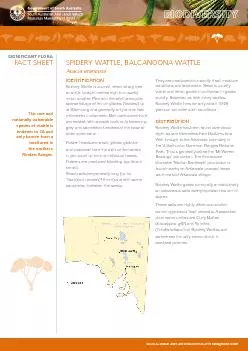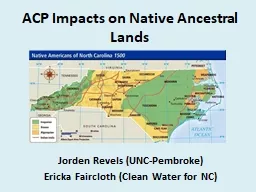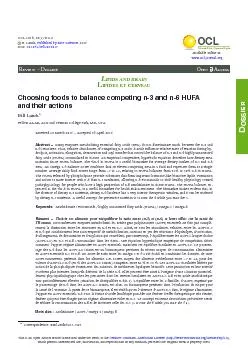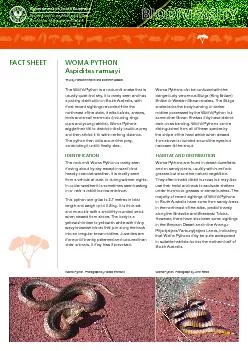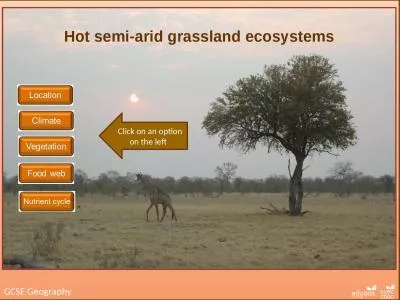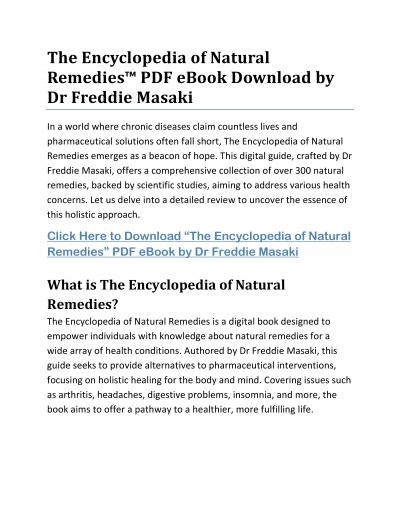PDF-South Australian Arid Lands Natural Resources Management Board ...
Author : pamella-moone | Published Date : 2015-10-29
rf nrtb fnnThey are produced abundantly if soil moisture condition
Presentation Embed Code
Download Presentation
Download Presentation The PPT/PDF document "South Australian Arid Lands Natural Reso..." is the property of its rightful owner. Permission is granted to download and print the materials on this website for personal, non-commercial use only, and to display it on your personal computer provided you do not modify the materials and that you retain all copyright notices contained in the materials. By downloading content from our website, you accept the terms of this agreement.
South Australian Arid Lands Natural Resources Management Board ...: Transcript
Download Rules Of Document
"South Australian Arid Lands Natural Resources Management Board
..."The content belongs to its owner. You may download and print it for personal use, without modification, and keep all copyright notices. By downloading, you agree to these terms.
Related Documents

